ME4284 Term Paper
Guo Xiang
Year 4 Mechanical Engineering
Self Powered Mechanical Keyboard using Triboelectricity
Harvest Mechanical Energy from typing
References
Development of a Broadband Triboelectric Energy
Harvester With SU-8 Micropillars
Lokesh Dhakar, Francis Eng Hock Tay, and Chengkuo Lee, Member, IEEE
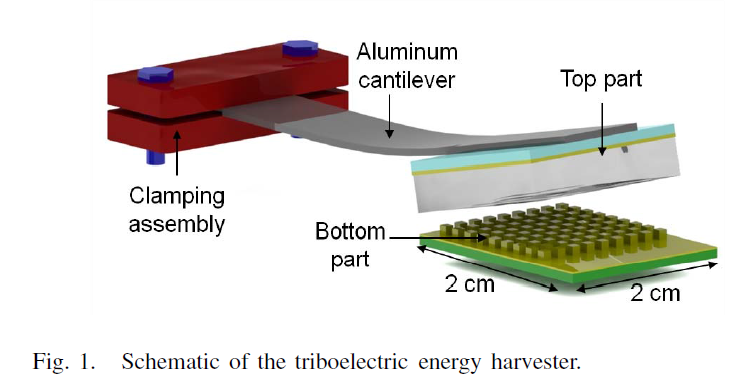
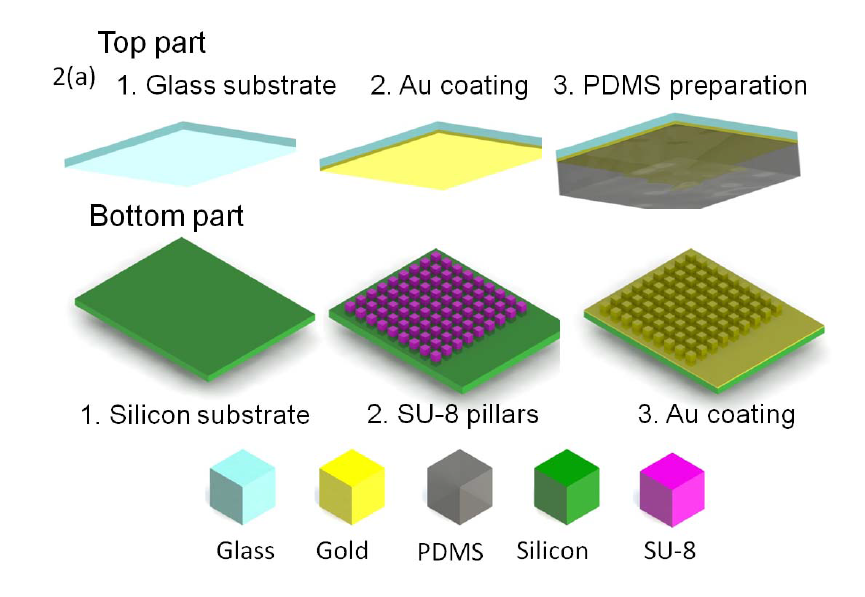
Personalized Keystroke Dynamics for
Self-Powered Human Machine
Interfacing
Jun Chen, Guang Zhu, Jin Yang, Qingshen Jing, Peng Bai, Weiqing Yang, Xuewei Qi,
Yuanjie Su, and Zhong Lin Wang
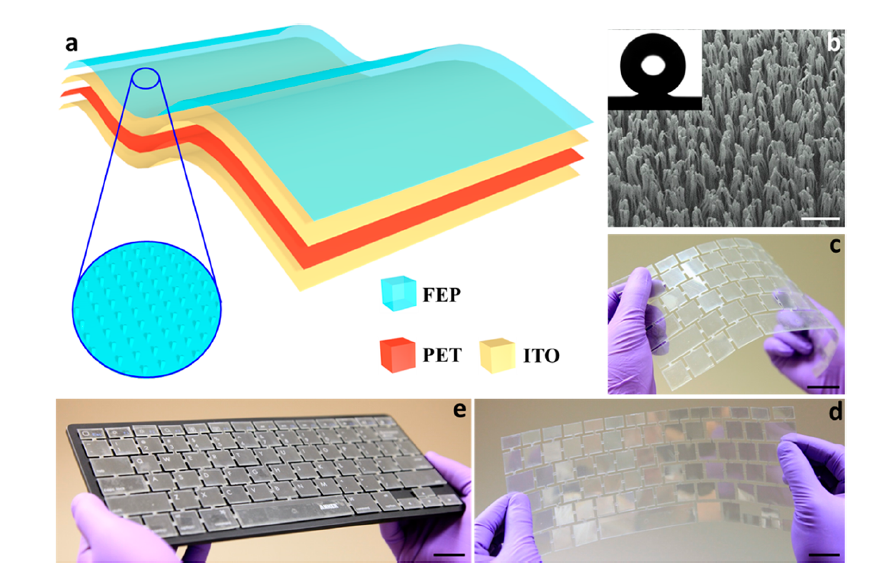
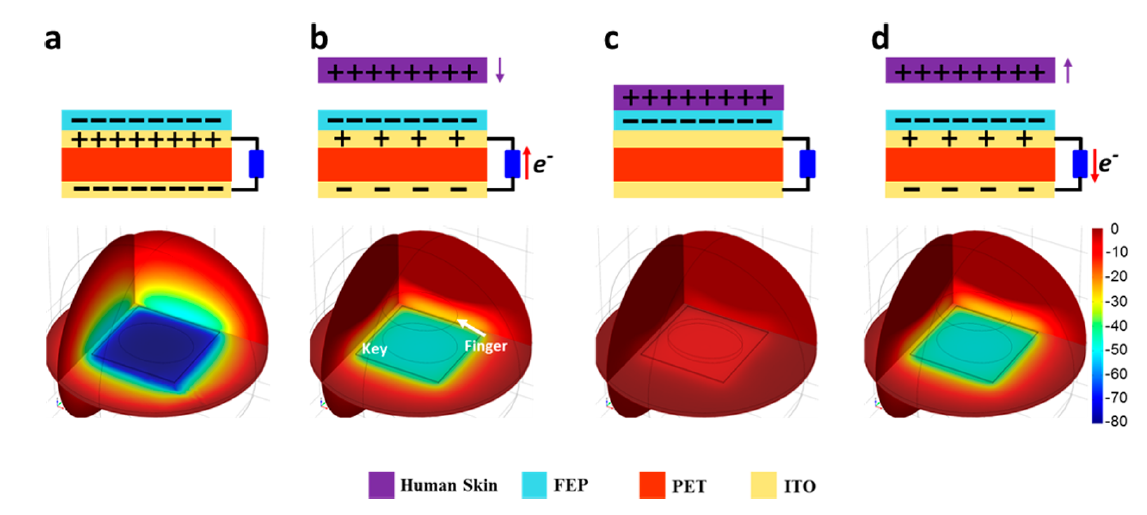
Self Powered Ergodox
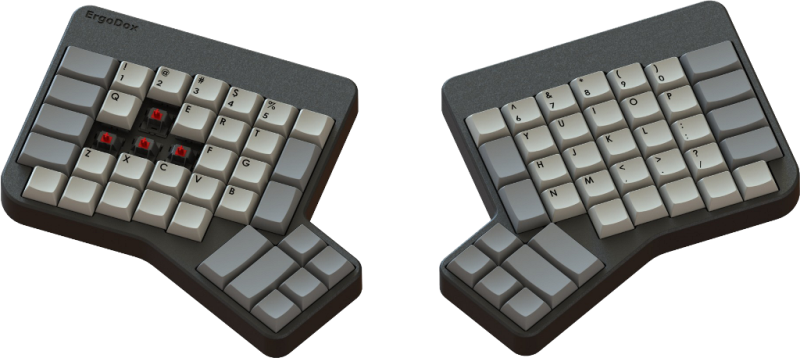
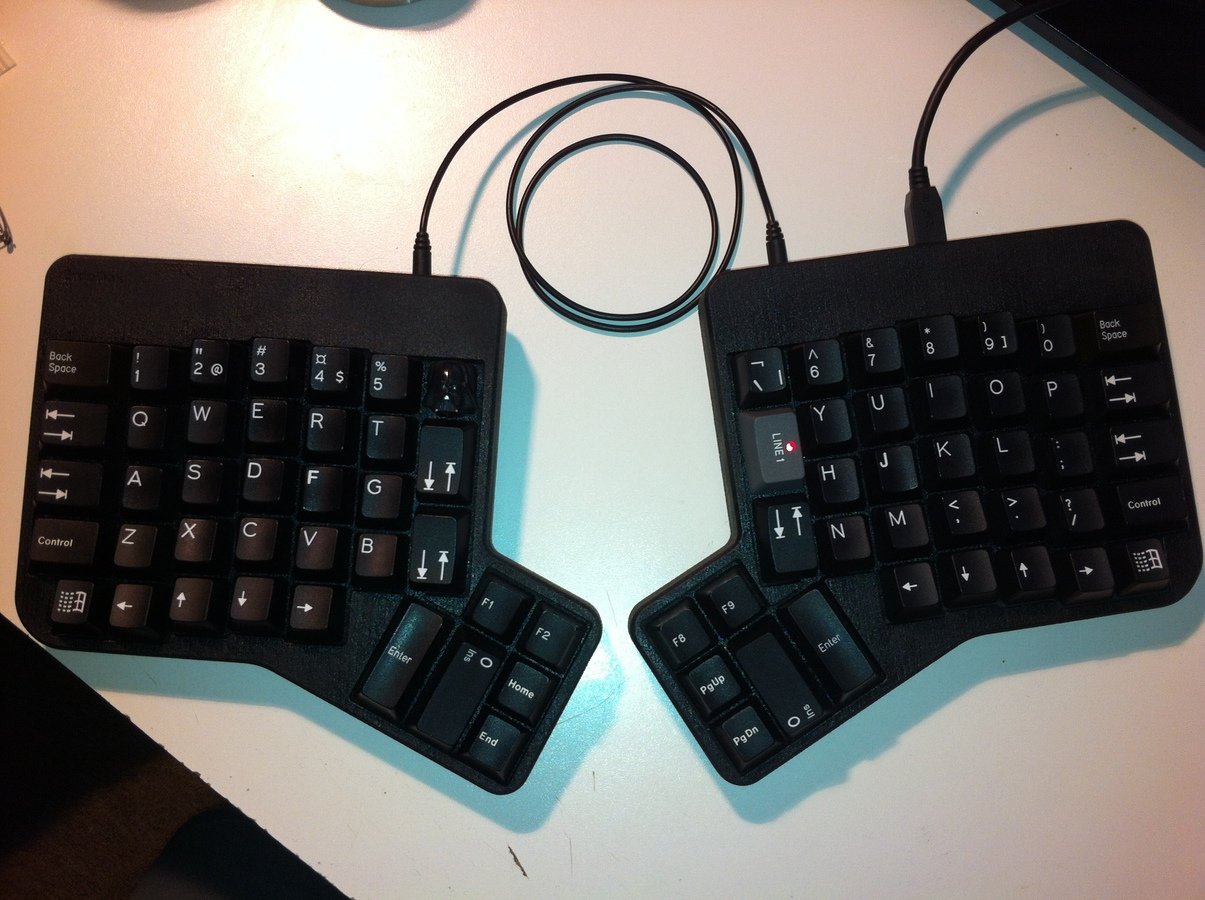
Cherry MX Keyswitch

Statement of Design Problem
Redesign an existing ergonomic mechanical split keyboard that is self powered by harvesting mechanical energy from the user's typing actions
Purpose of Design
Explore the possibility of creating a portable self-powered mechanical keyboard for commercial purpose.
Specifications of Design
Generate a voltage of 5V and a current of 27.3mA in order to power the microcontroller used by the Ergodox
Preliminary Design
Concept
- Similar to cantilever energy harvester
- Key caps will act as the top layer
- Bottom layer consist of one of the Ergodox's layer
- Nylon key caps are used as in falls within the same range as the human skin in the triboelectric series
- Higher tendency for it to lose electrons and become positively charged

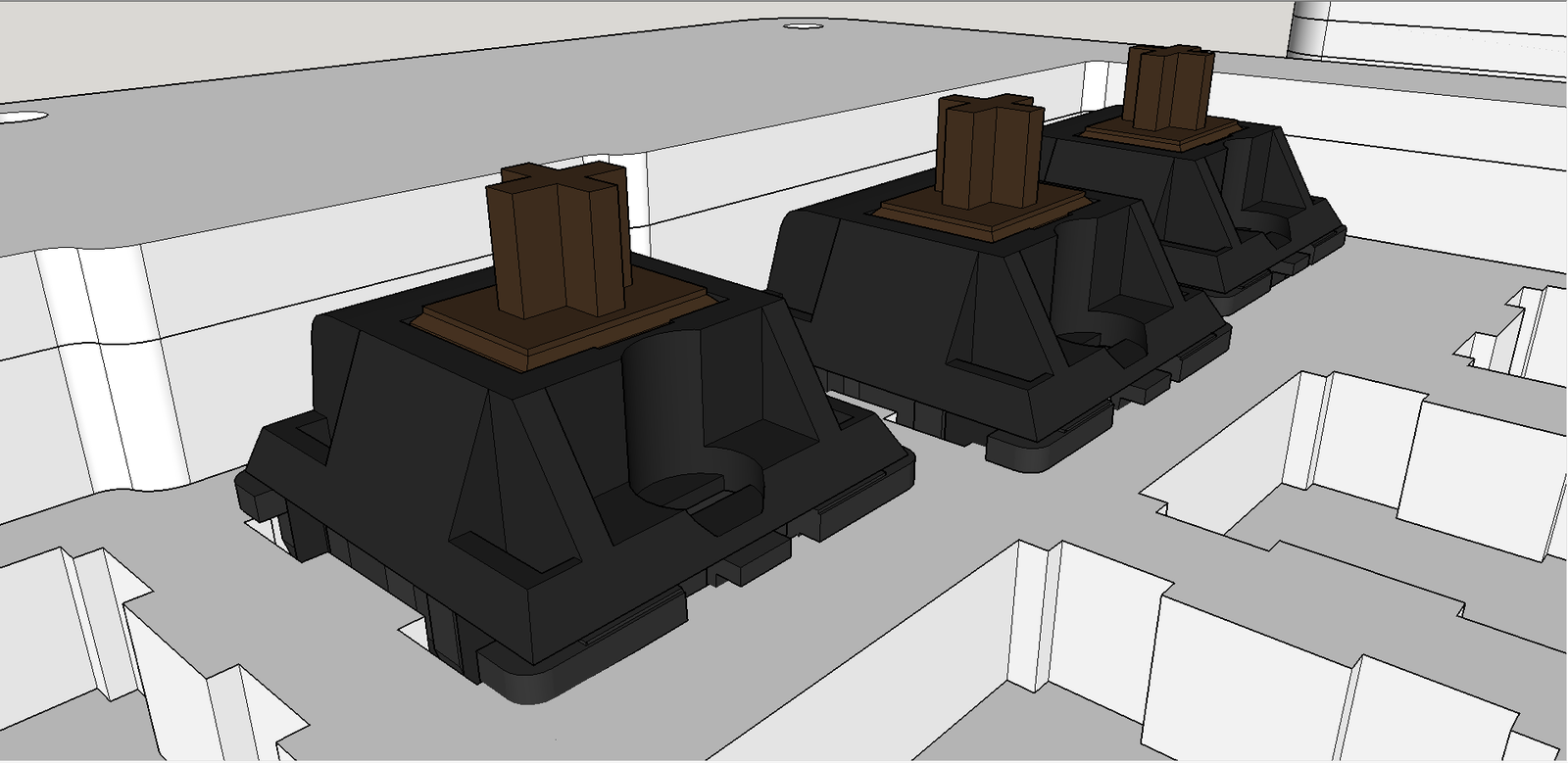
- Bottom later will consist of Indium Tin Oxide (ITO), a layer of SU-8 pillars and a layer of PDMS on top of the SU-8 pillars

Fabrication
Coating ITO on acrylic pieces
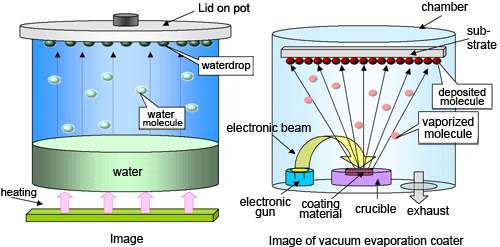
Depositing SU-8 Pillars
- A layer of photoresist SU-8 2025 from MicroChem is spin coated on.
- Bake photoresist and pattern is exposed using photolitography
- The pillars are then developed using MicroChem's SU-8 developer
Layering of PDMS
- Spin coated on
Modelling


Testing
- Test out both forms of typing. Intermittent and continuous to see if they generate enough power to support the electrical load
- The design assumes key caps are being actuated at the same location. When testing, we might see the ITO layer having differing charged regions.
Conclusion
deck
By tgxworld
deck
- 1,335



